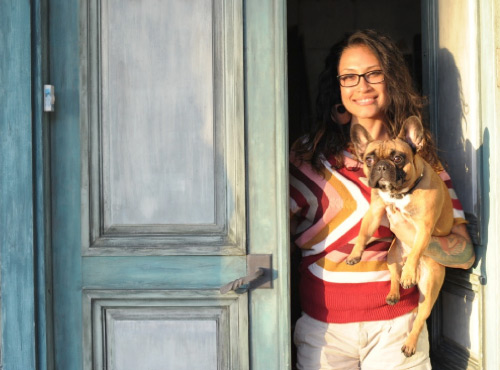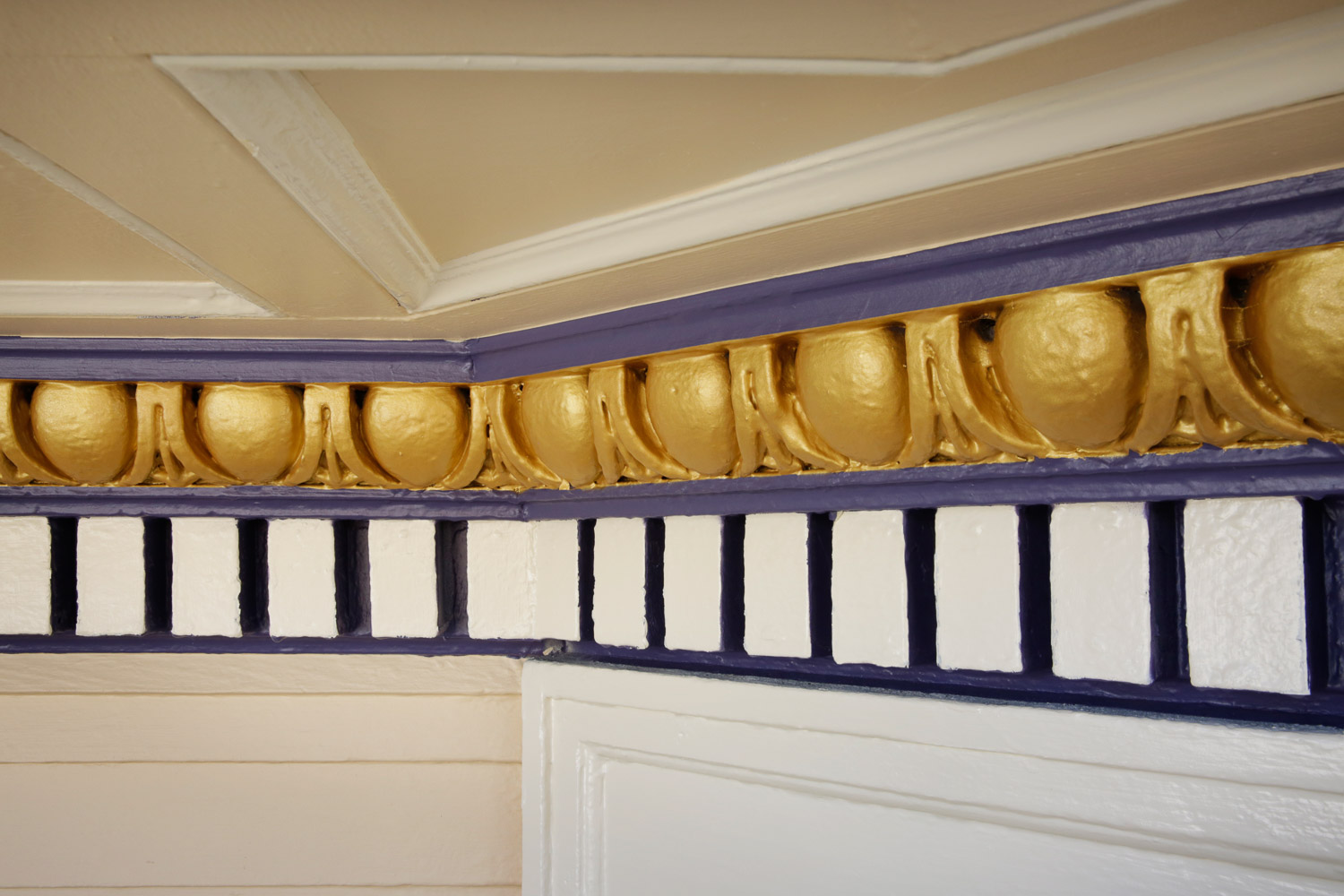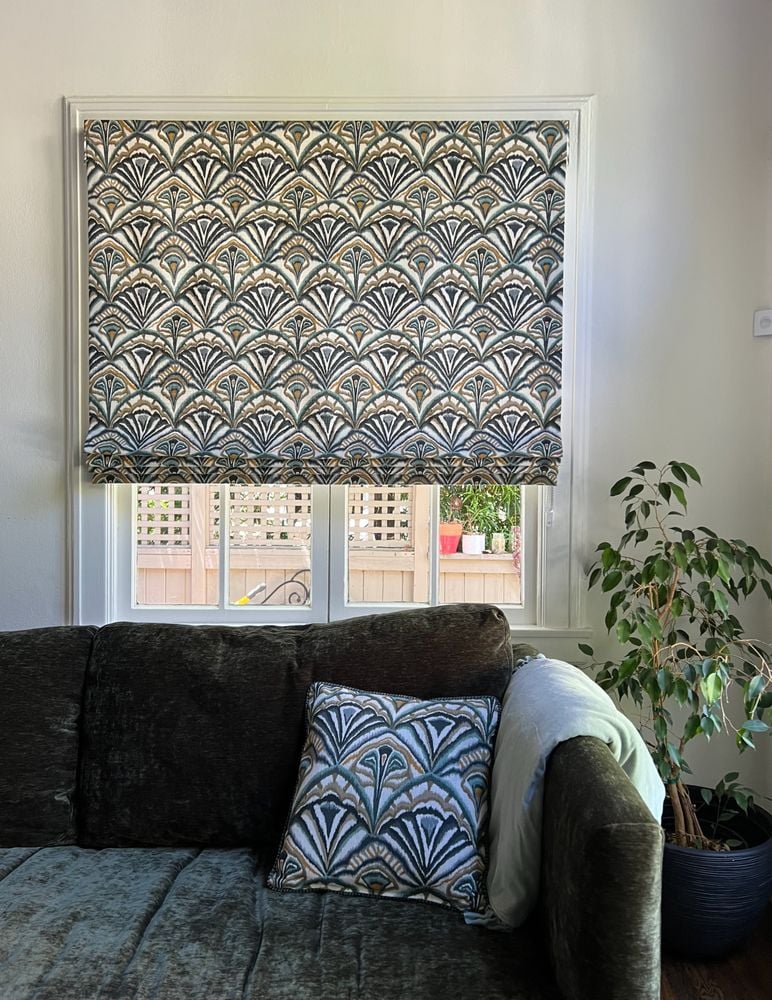August is such a special time of year; summer is in full swing, there are countless events and festivals taking place, and it also marks the 6th birthday for my dog, and Arana’s unofficial mascot, a French Bulldog named Buddy.
After traveling for the better part of a year, working remotely, and being away from my furry, life co-pilot, I am so glad to be home in the Bay Area and re-united with my 4-legged best friend. I’m also excited to be surrounded by family and friends once again, and look forward to planting my roots and creating a cozy environment to call home.
I hadn’t planned to be away from Buddy for so long, and it was very difficult to be without him for an extended period; I even missed his 5th birthday! What started as a two-month trip evolved to six months, and later turned into nearly a year away. Solo travel is such an enriching experience and I appreciate how it offers me a chance to get to know myself, and what I’m made of, in many ways. Not to mention, working remotely calls forth a lot discipline with time management and it is not as easy as one may think.
While I am grateful for the opportunity to have traveled for an extended period, I don’t think I could ever leave Buddy behind again. I am happy to report that Buddy and I are now back to our joyous routine of morning cuddles, evening walks, and play dates with our furry (and non-furry) friends. And WOW, the convenience of technology in the Bay Area is something else! I found an app called Wag! that lets you schedule a dog walk at your convenience right from your phone, which is really helpful on busy days.
Forget diamonds, dogs are a girl’s best friend, and there truly is no place like home!
– Araceli Espinoza, Service Manager
Heat and Humidity Add Up To Danger!
Emergency rooms see an increase in cases of heat stroke and dehydration in July and August. The American College of Emergency Physicians gives this advice on how to stay safe in hot weather:
- Check the heat index before going out to work, play or practice and plan accordingly.
- Avoid direct sunlight in the middle of the day. Schedule activities for the early morning or early evening hours.
- Wear loose, light-colored clothes and hats. Dark colors absorb more heat.
- Drink lots of water or sports drinks.
- Take frequent breaks in the shade or in air-conditioning to cool off.
- At 90 degrees and 50 percent humidity, it feels like 96. At 70 percent humidity, it feels like 106 degrees. Heat exhaustion is likely, so take it easy.
Heat exhaustion can include cramps, heavy sweating, nausea, heart-rate changes and dizziness. Get the victim out of the sun, remove excess clothing and place cool towels on extremities. Fan and give small sips of water.
Heatstroke is a medical emergency. Symptoms include confusion, an altered mental state, unconsciousness and hot, dry skin. Call 911. Do not give fluids, which can cause seizures.
The Great American Eclipse Cometh!
From Oregon to South Carolina, Americans will see the sight that has left mankind trembling and astonished as long as humans have walked the earth.
The Great American Total Eclipse will be one for the record books as totality junkies from across the globe hurry to the best viewing destinations.
On August 21, 2017, for the first time in 99 years, the earth, moon, and stars will line up perfectly in a total eclipse that can be viewed in 14 states. Best viewing is predicted to be in Oregon where sunshine is predicted, especially near Madras. Local time will be 10:21 a.m. PDT and totality will last for about 2 minutes and 7 to 8 seconds, depending on where the viewer stands.
On the East Coast, the eclipse will start a little after 1 p.m. and reach totality just before 3 p.m.
Further inland, viewers in Illinois and Kentucky will experience 40 seconds more totality.
“A solar eclipse can only take place at the phase of new moon, when the moon passes directly between the sun and Earth and its shadow falls upon Earth’s surface,” according to space.com.
The eclipse will be actively pursued by a sub-culture of totality followers who travel to various parts of the world to experience the out-of-this world phenomena many times during the year. Scientists will also be watching the display and the shadow allows them to see solar flares.
For ideas on how to view, go to www.exploratorium.edu/eclipse/how-to-view-eclipse.



